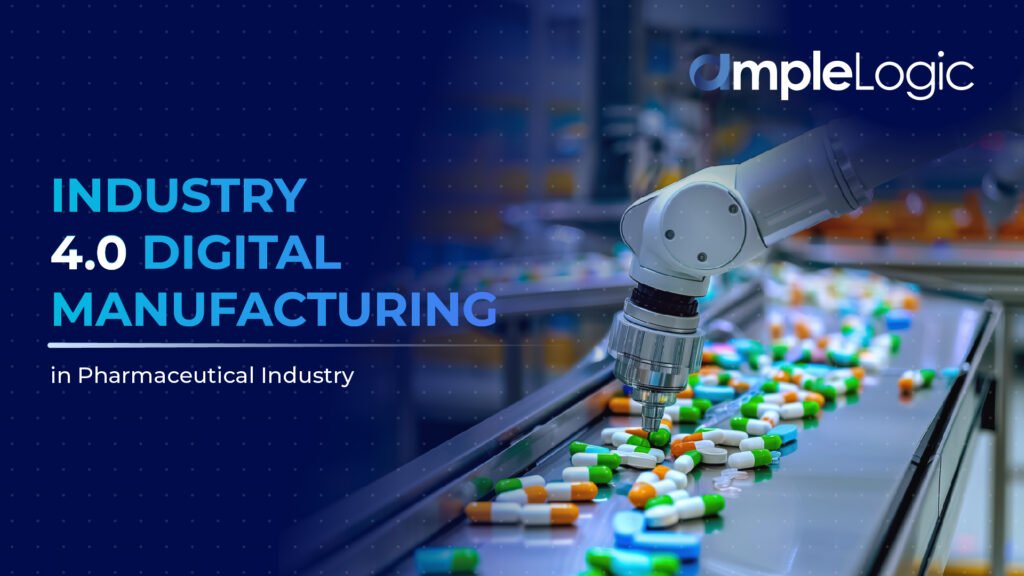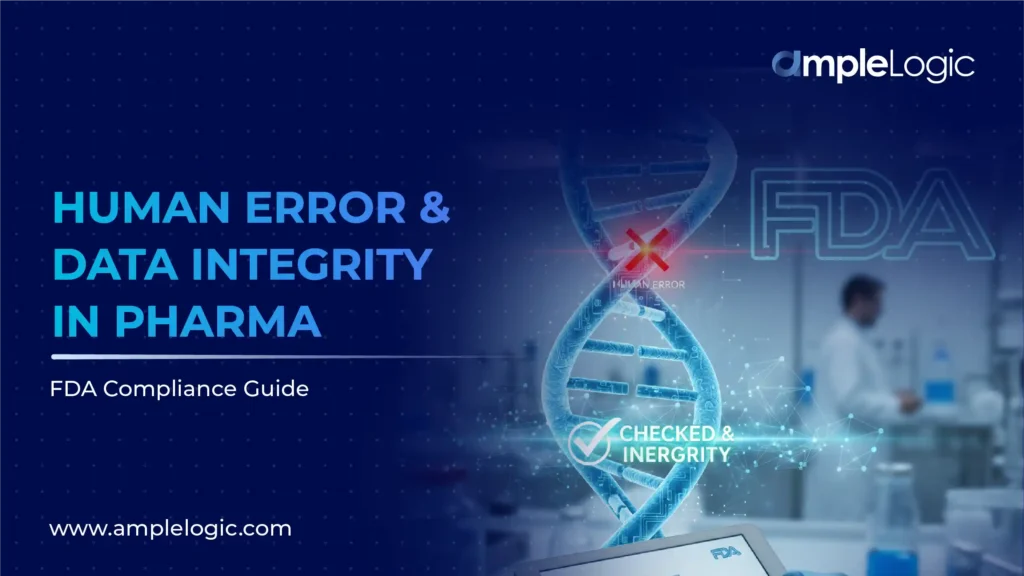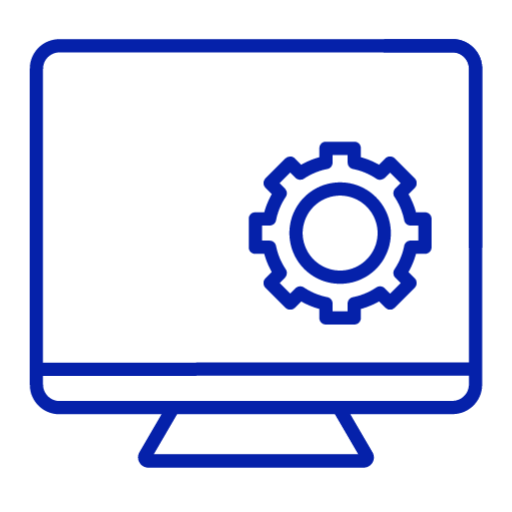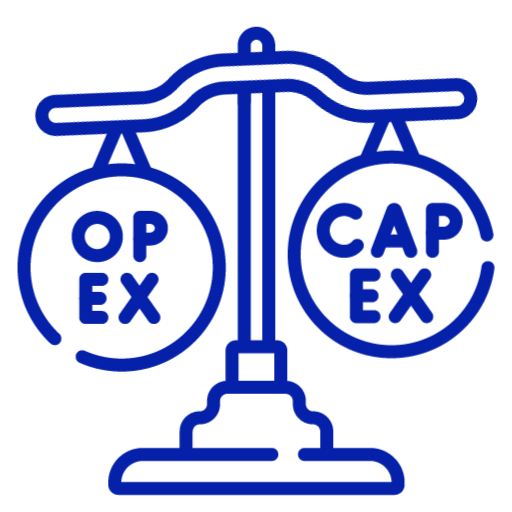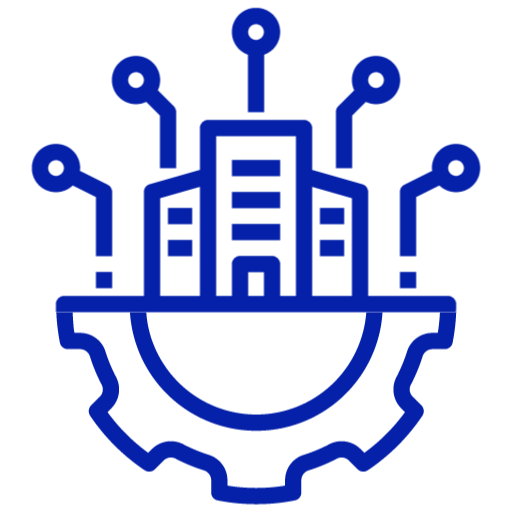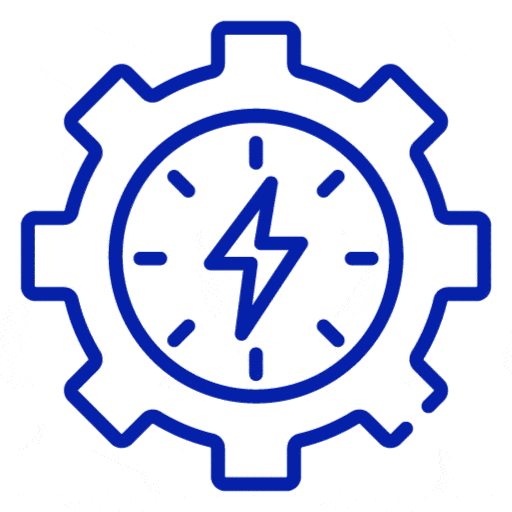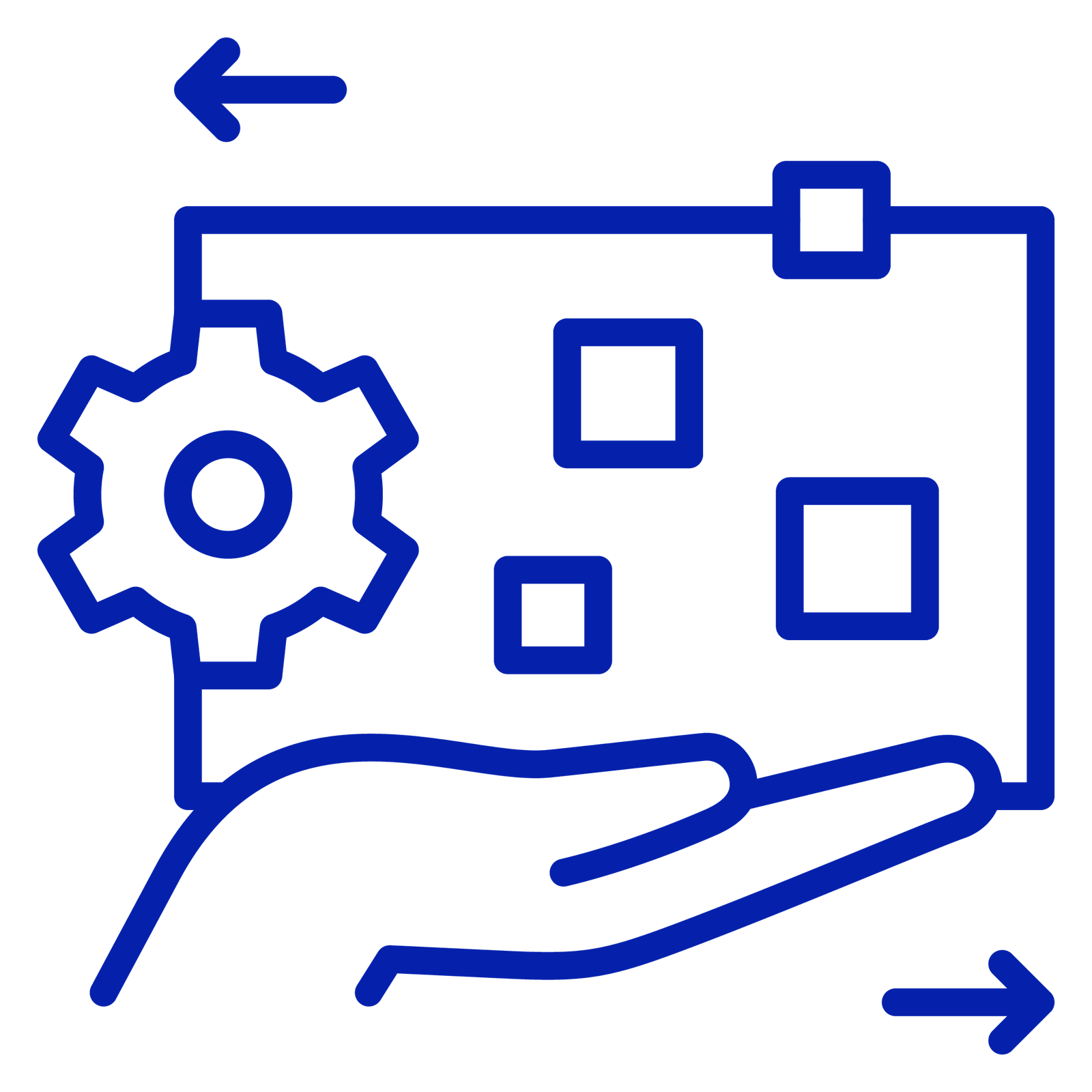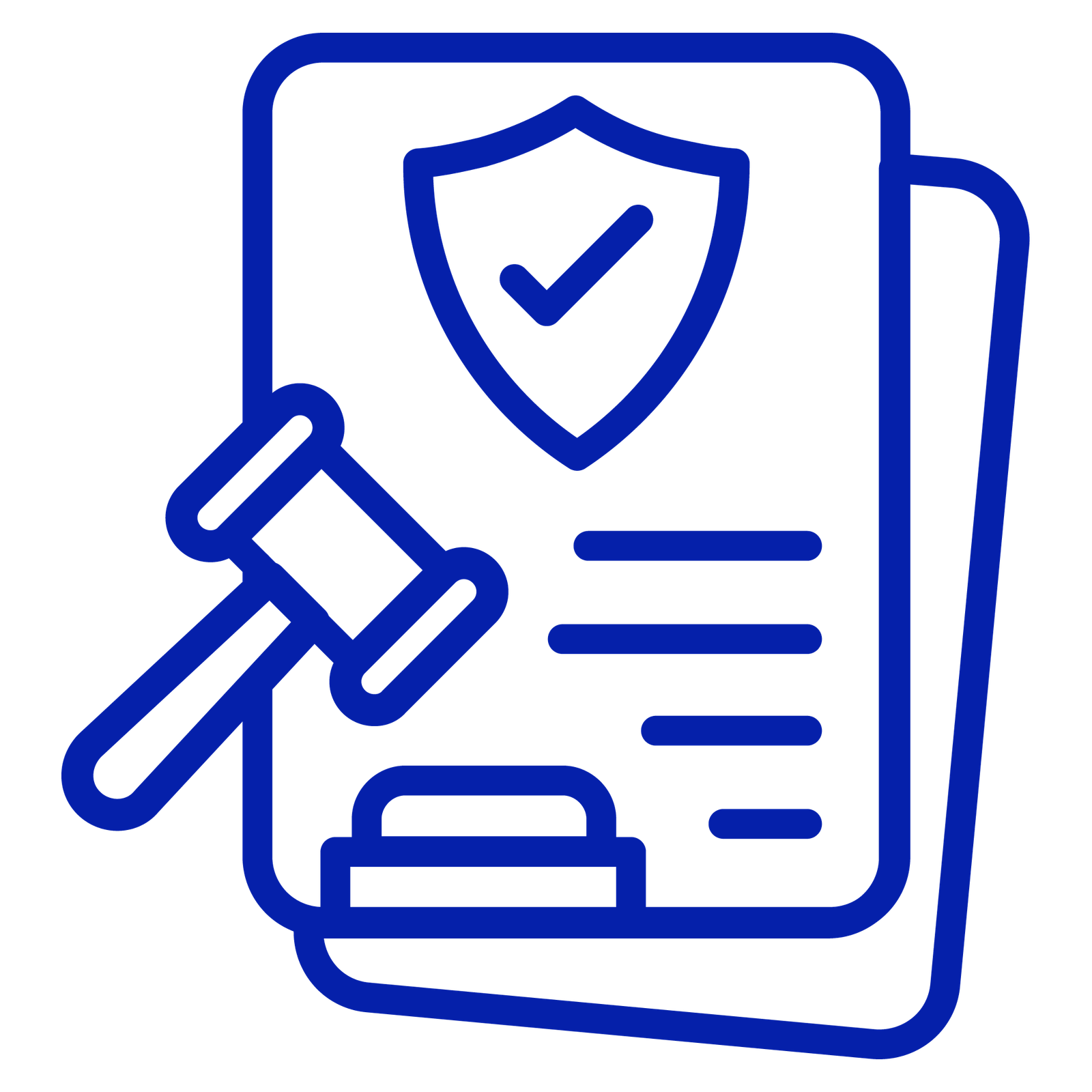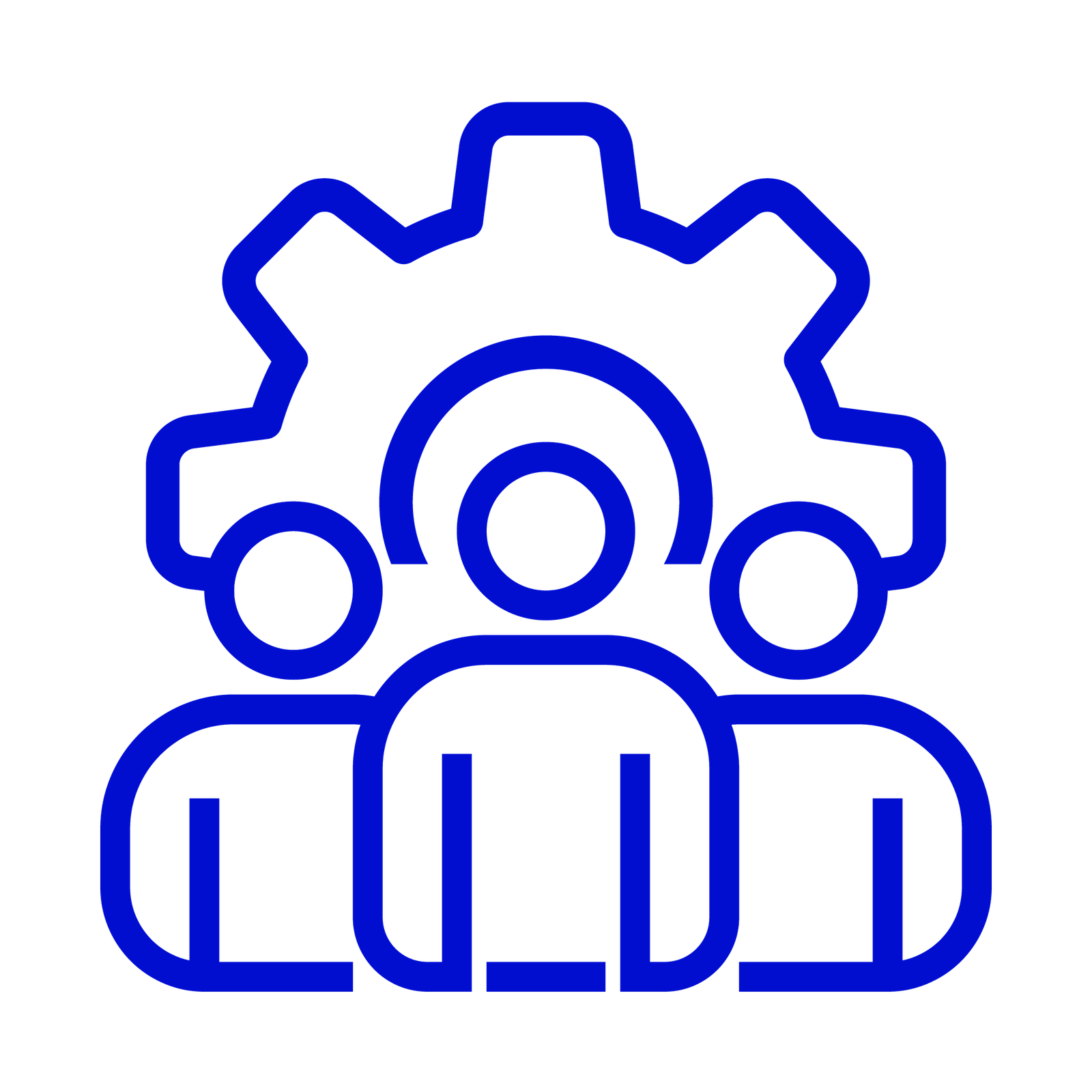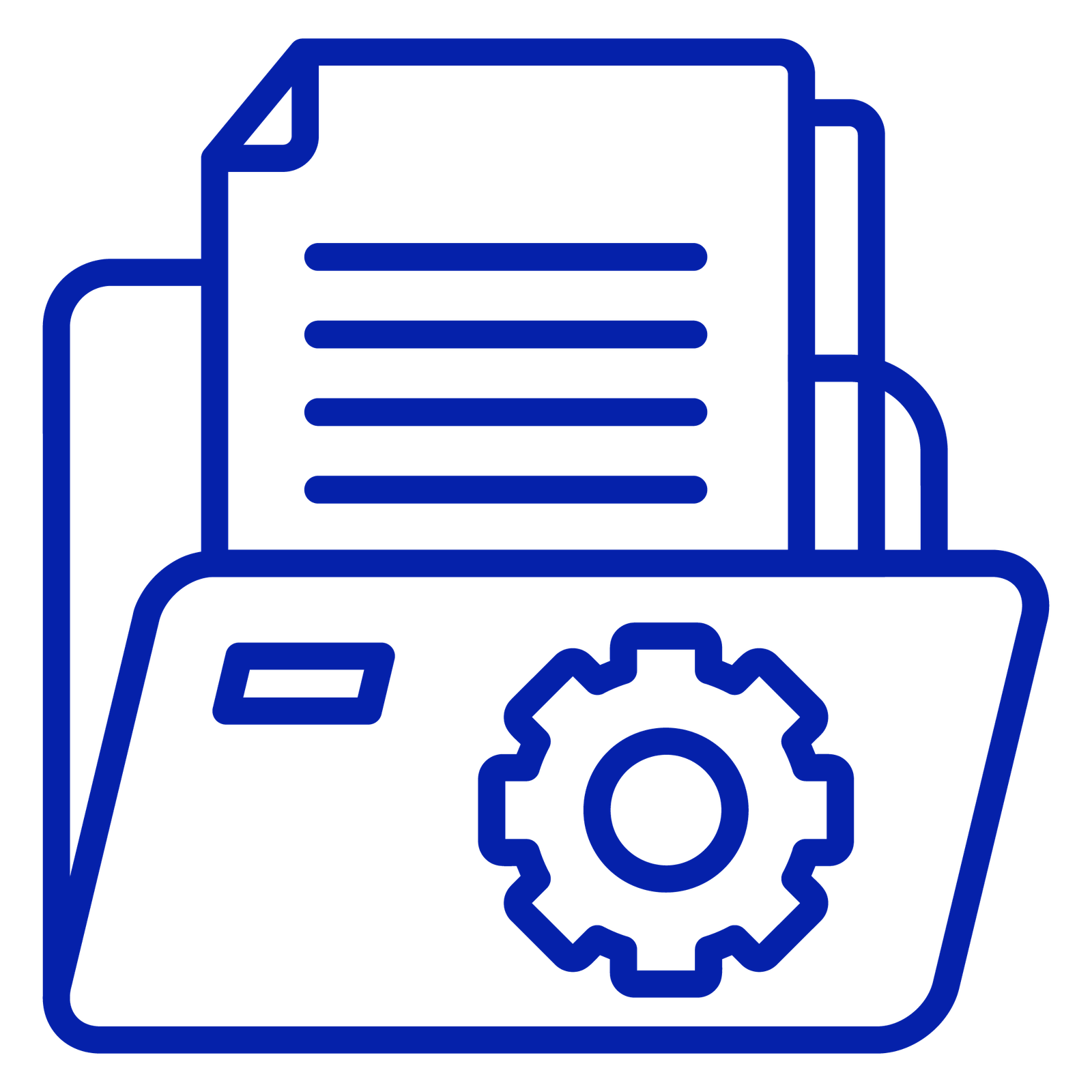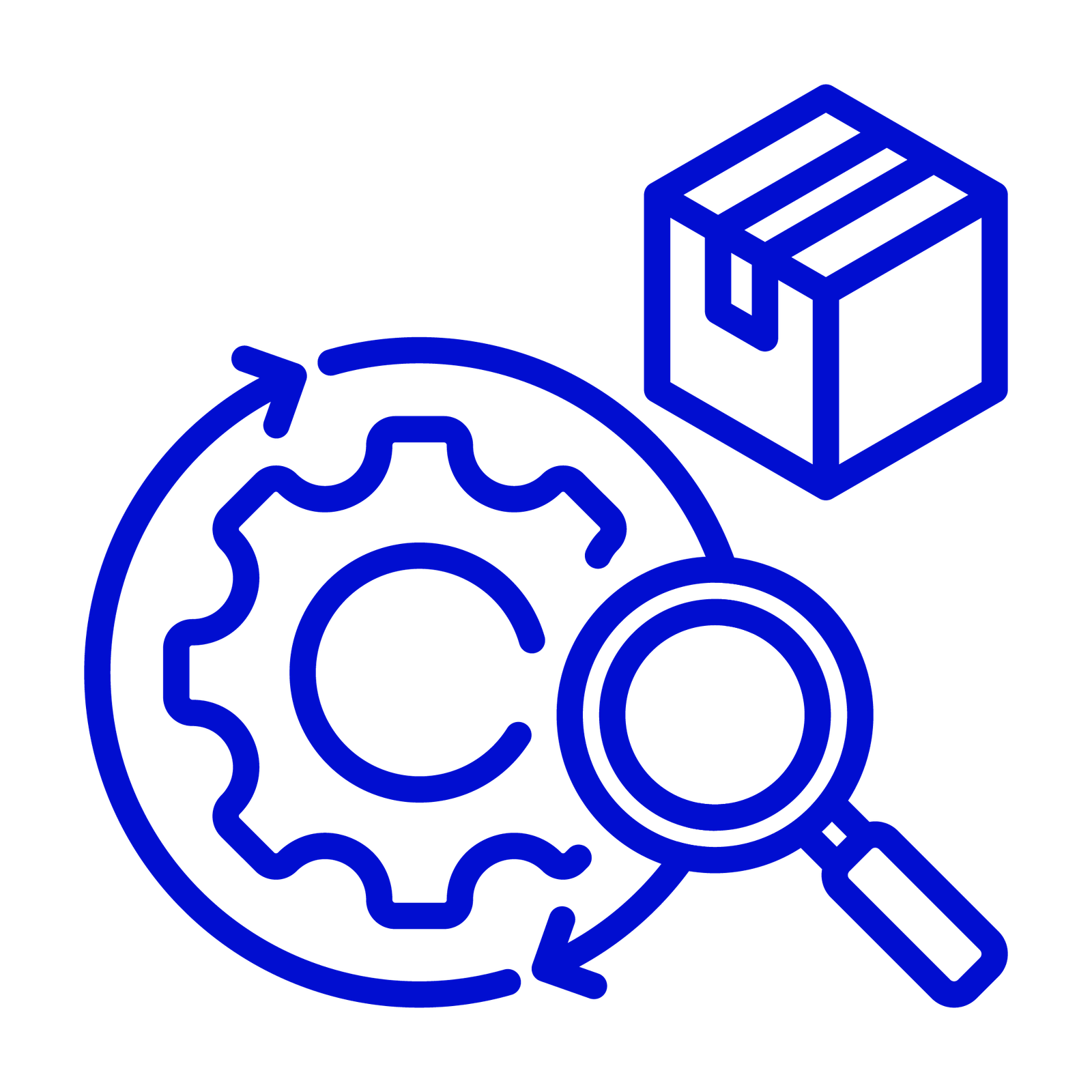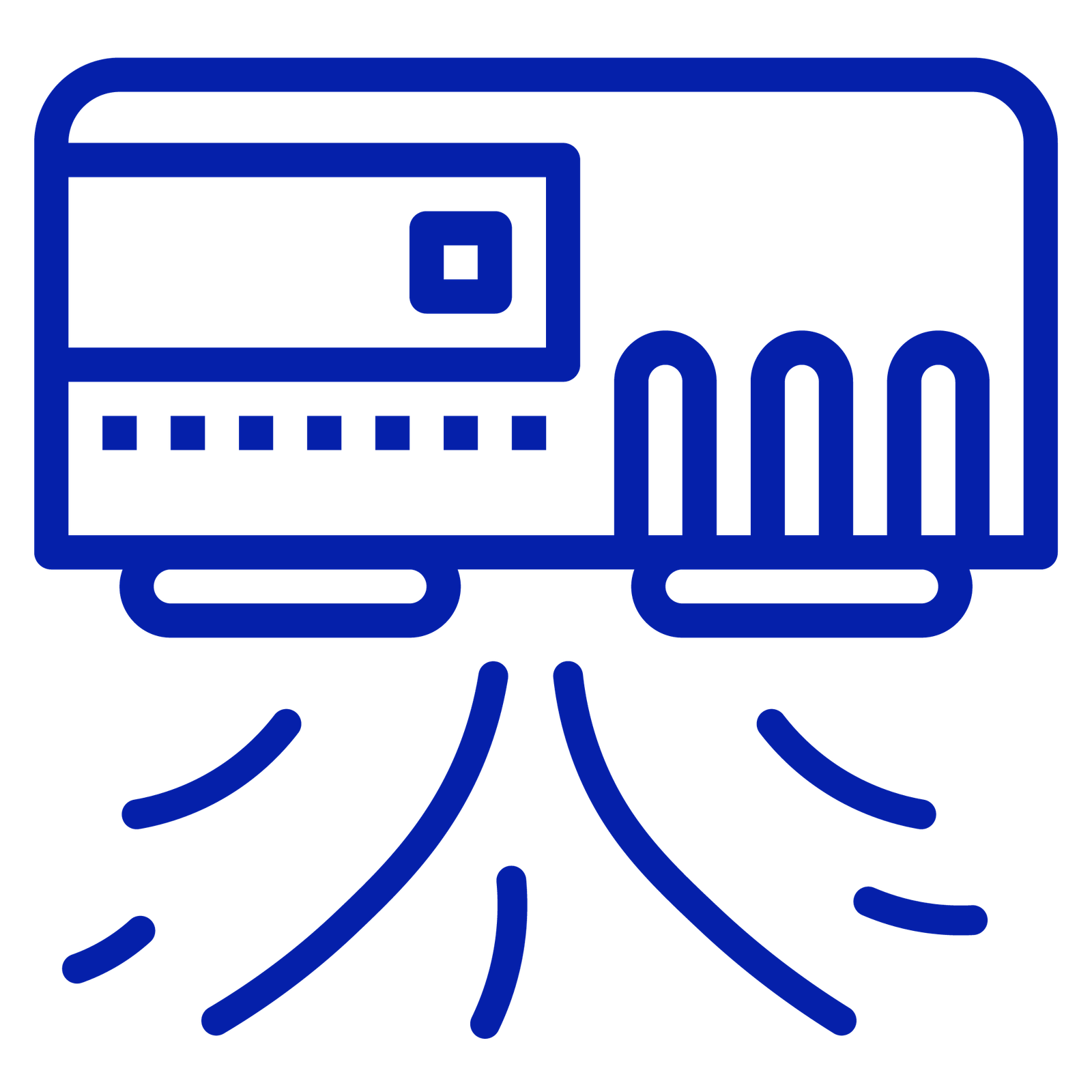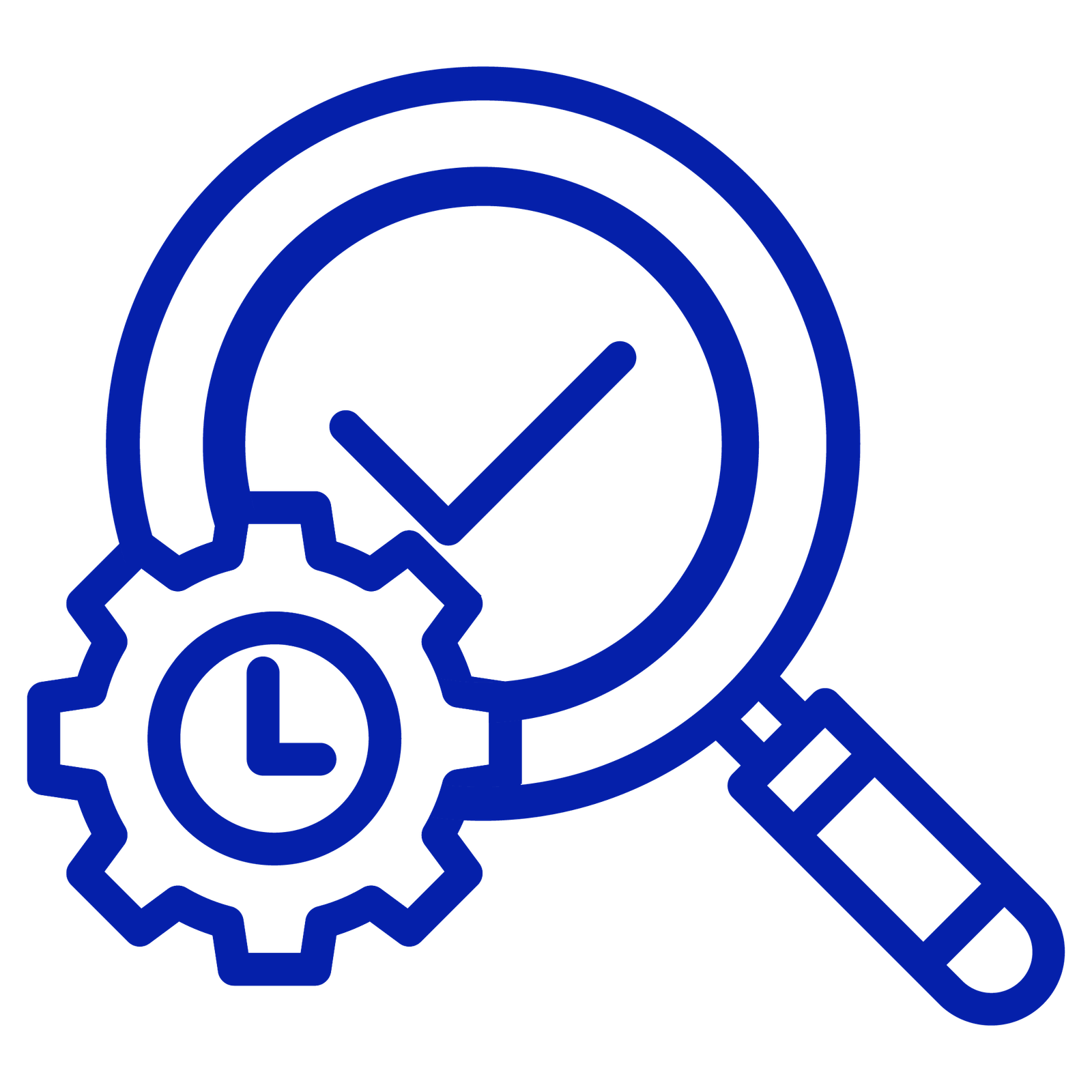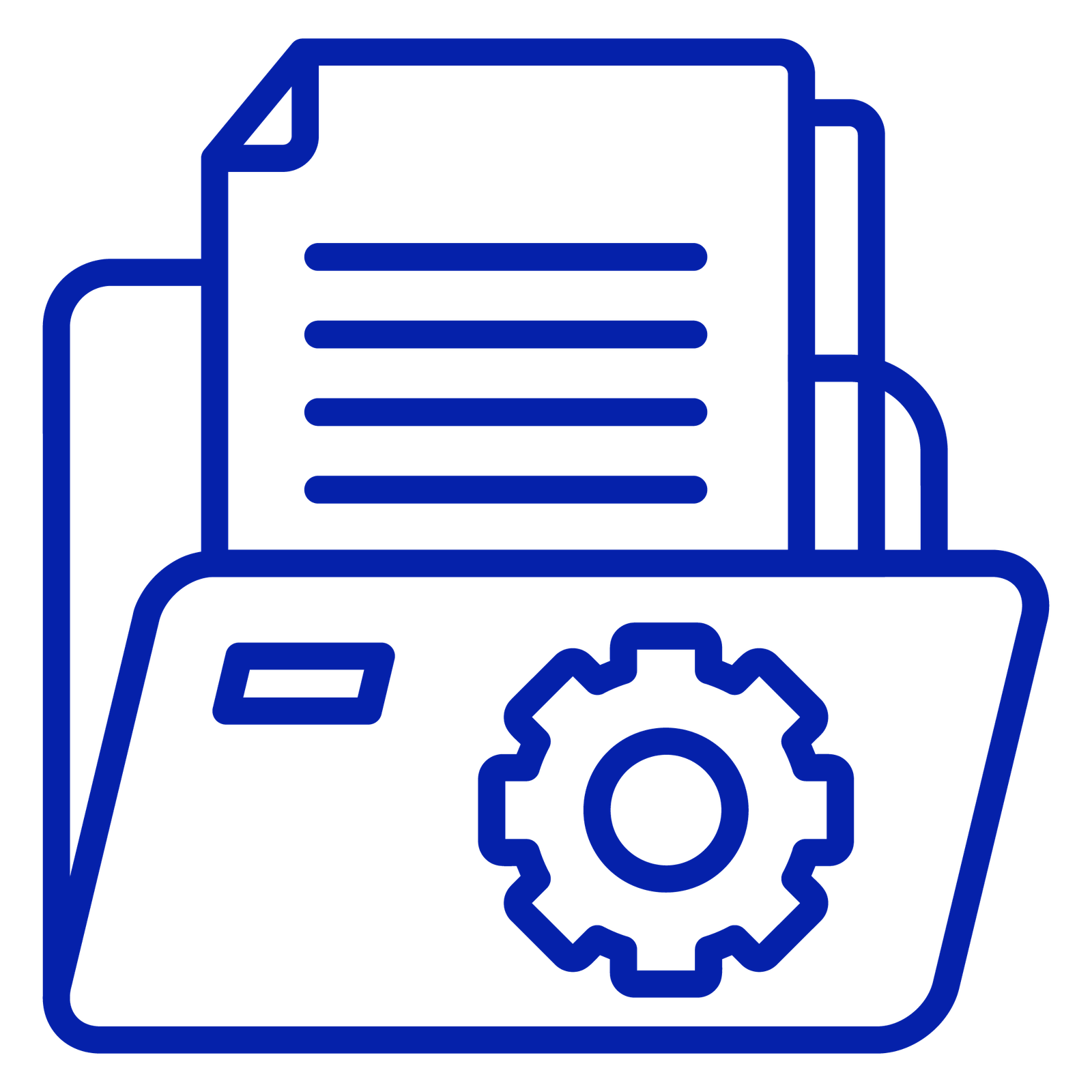
During any GMP inspection, one of the simplest requests from regulators often reveals the biggest gaps: “Show me the logbook.”
What follows is a search for evidence on who performed the task, when it was done, and whether the record can be trusted. For many sites, that moment exposes the fragility of paper documentation. This is why every pharmaceutical plant needs a validated digital system like the AmpleLogic eLogbook, which enforces GMP compliance through design, not procedure
In today’s times, this moment defines whether a plant passes or falters and it’s why eLogbooks are no longer optional. Across MHRA, FDA, and WHO inspection reports, logbook-related findings continue to appear among the top ten data-integrity observations. The issue is not a lack of awareness but a lack of control. In this article, explore why an elogbook system is important in a manufacturing plant.
What the Data Shows?
Paper documentation remains inherently limited: no automatic timestamps, no audit trails, and no way to demonstrate when or by whom a record was created. Typical 483 and MHRA findings include:
- Entries rewritten post-activity, violating ALCOA+ “Contemporaneous” expectations.
- Parallel logbooks issued without QA reconciliation.
- Unverified transcriptions from temporary notes.
These findings fall under 21 CFR 211.68, EU GMP Annex 11 Clause 9, and MHRA Sec. 6.2, each of which demands verifiable, controlled records.
Why Paper Logbooks Fail Under Inspection?
Paper records meet procedural formality, but not today’s expectation for verifiable evidence. Inspectors no longer accept entries at face value; instead, they require confirmation that records are contemporaneous, traceable, and complete.
Typical failures include delayed entries, missing identifiers, overwritten corrections, and uncontrolled issuance. Hybrid spreadsheets, often used to “summarize” logbooks, add further risk because they lack validation and audit trails.
What is an eLogbook?
An eLogbook is a digital version of traditional equipment or activity logbooks used in pharmaceutical manufacturing. It records who performed an activity, what was done, and when it happened, but unlike paper, it automatically captures time, user identity, and changes. This makes the record secure, traceable, and ready for audit without manual cross-checks. Solutions such as the AmpleLogic eLogbook record activities with automatic timestamps, secure user authentication, and complete traceability.
Difference between Paper Logbook and Electronic Logbook
A validated eLogbook automatically enforces ALCOA+ principles. Here are some major differences between the two types of logbook maintenance:
| Regulatory Expectation | Paper Logbook | eLogbook |
|---|---|---|
| Contemporaneous entry | Depends on operator discipline | Auto time-stamped |
| Signature control | Manual, prone to error | Secure e-signature |
| Audit trail | None or often file-based | Automatic, permanent |
| Data retrieval | Manual search | Instant digital search |
| QA review | Post-entry | Real-time within the system |
An electronic logbook prevents late entries, tracks every modification, and provides audit-ready evidence without additional paperwork.
How does the eLogbook Address Audit Expectations?
A compliant eLogbook replicates every control that inspectors verify manually, only it does so continuously and automatically.
| Compliance Requirement | System Control | Regulatory Alignment |
|---|---|---|
| Attribution | User authentication and e-signature | 21 CFR 11.100 |
| Contemporaneous Recording | Automatic time-stamps | MHRA Sec. 3.2 |
| Traceability | Immutable audit trail of create/modify/delete | Annex 11 Clause 9 |
| Access Security | Role-based permissions | Annex 11 Clause 12 |
| QA Review | Digital workflow for verification and approval | ICH Q10 § 3.2 |
Each control converts trust-based documentation into system-verified evidence. During inspection, QA can demonstrate compliance by displaying the control itself rather than describing a manual process.
Implementation in Practice
Effective digital migration begins with mapping existing logbooks, equipment usage, cleaning, calibration, maintenance, and configuring them within a validated platform across the manufacturing plant. Each template includes mandatory data fields, review steps, and user permissions. Here is the stepwise implementation process:
Step 1 – Map Existing Logbooks
Identify all current logbooks used across the plant, including equipment usage, cleaning, calibration, and maintenance records.
Step 2 – Configure Within a Validated Platform
Create digital templates for each logbook type with:
- Mandatory data fields (operator, equipment ID, date, time, activity)
- Defined review and approval steps
- User roles and access permissions
Step 3 – Perform System Qualification
Conduct IQ, OQ, and PQ to verify system reliability, data security, and functionality under intended use.
Step 4 – Go Live and Standardize Documentation
After qualification, deploy the eLogbook to production.
The system automatically:
- Timestamps every entry
- Enables real-time QA review and approval
- Generates alerts for missed or incomplete records
Step 5 – Sustain Continuous Compliance
After implementation, monitor data integrity metrics, review logs periodically, and maintain validation to ensure the system continues to perform as a compliant, controlled environment.
How AmpleLogic Helps the Plants
The AmpleLogic eLogbook is built to meet global GMP and data-integrity expectations while supporting connectivity across multiple operational domains in any manufacturing plant. It functions as a unified, validated platform that can integrate with:
- Manufacturing Execution Systems (MES) – for batch operations and line-clearance logs
- Laboratory Information Management Systems (LIMS) – for instrument use and calibration records
- CAPA– for equipment servicing and preventive-maintenance tracking
- Deviation and Change Control modules of QMS – for quality event linkage
Each eLogbook record is:
- Authenticated through user ID and secure electronic signature
- Tracked by a comprehensive audit trail
- Fully validated with URS, IQ, OQ, and PQ documentation.
- Supported by secure database backup and long-term retention
Role-based access control ensures task segregation, while cross-system traceability links each log entry to related batch, maintenance, or lab data. This interoperability allows QA, production, engineering, and IT teams, as well as inspectors, to reconstruct any event instantly with verified metadata. Such end-to-end visibility has become a baseline requirement in modern GMP and GxP inspections.
Conclusion
In modern GMP operations, documentation becomes a proof of control. Regulators now expect every entry to demonstrate data integrity, traceability, and accountability throughout its lifecycle. Paper and hybrid systems can document actions, but cannot guarantee these proofs consistently.
A validated eLogbook closes this gap by embedding compliance controls, timestamps, user authentication, and audit trails directly into routine operations.
With its ability to integrate across production, laboratory, engineering, and quality systems, the AmpleLogic eLogbook provides a single, verifiable source of truth for all plant activities. It enables faster reviews, fewer deviations, and complete transparency during inspections. For pharmaceutical plants, adopting such a system is a compliance foundation that ensures every action, from cleaning to batch release, can stand up to regulatory scrutiny at any moment.




